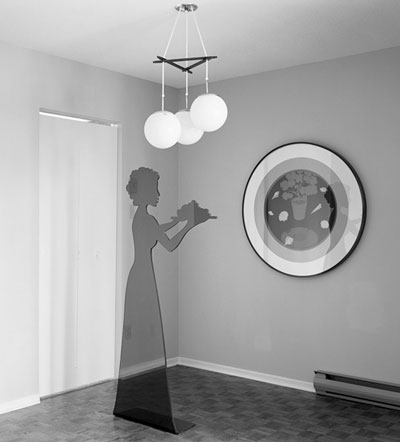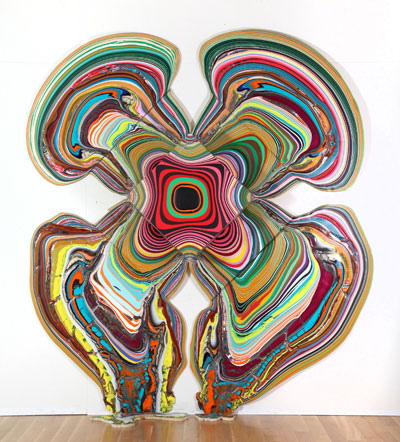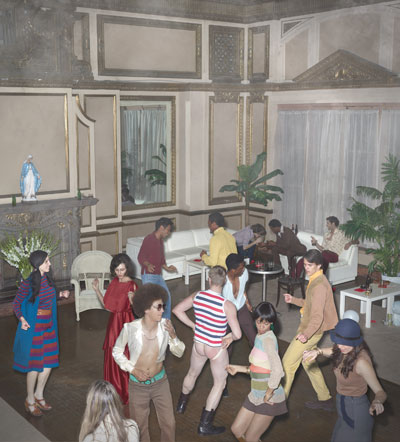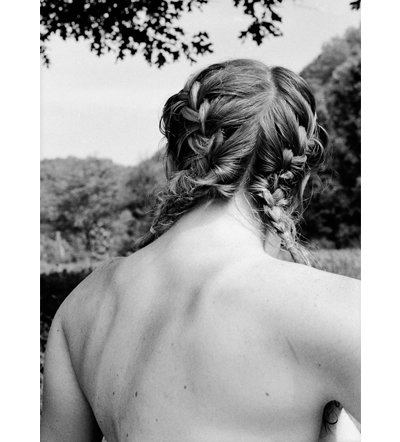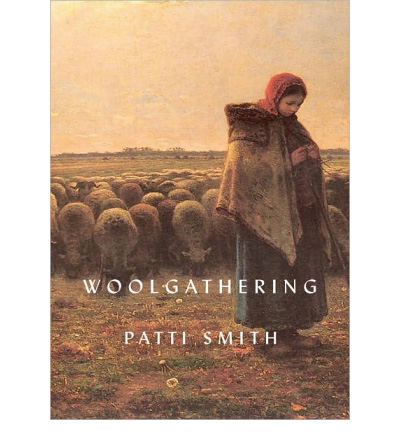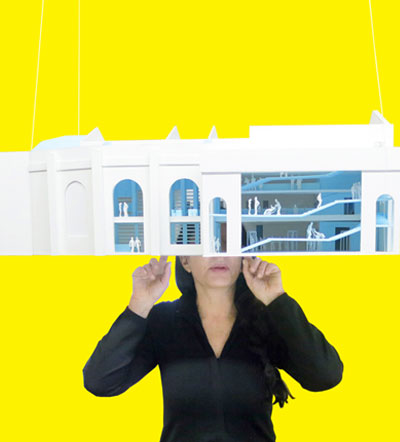
Marina with Study Model OMA
Rem Koolhaas and Shohei Shigematsu of the Dutch architecture firm OMA will lead the design and construction of Marina Abramović’s performance center, the Marina Abramović Institute for the Preservation of Performance Art (MAI). The Institute, for which funding is currently being procured, will be located in a former theater in Hudson, New York. The large space is designed to host long-duration performances as well as workshops, lectures and festivals, all centered on time-based, performance, or otherwise fleeting art—the work that can’t be stored in a museum. The purpose of MAI is to preserve the history of immaterial art while also creating a laboratory to explore new collaborations and cross-genre practices.
OMA seems a proper fit for Abramović’s institute. Founded in 1975 by Koolhaus and others, the firm has designed many innovative art spaces around the world, including the irregular, inverted Casa da Música in Porto (2005), and the vertically “stacked” Wyly Theater in Dallas (with REX, 2009). Besides the stadium-like main performance space, which will seat an astonishing 650 people, MIA will have rooms specifically designed for study, meditation, exercise, and crystals.




 Facebook
Facebook Permalink
Permalink Digg
Digg Reddit
Reddit LinkedIn
LinkedIn StumbleUpon
StumbleUpon Tumblr
Tumblr
